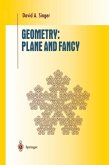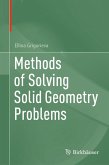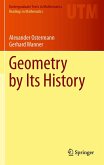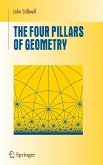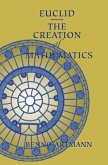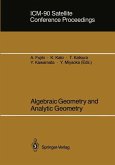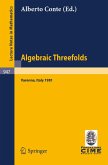Until the 17th century, rigor and exactness in mathematics meant geometry and Euclid. Other means of confirming results, such as computation, were considered inferior to the traditional constructions using ruler and compass. In 1637 Descartes introduced what is now called analytical geometry, which made algebraic methods equal to geometry in the methods of mathematics. In this detailed study, Bos explores the origins of what is meant by "rigor" in mathematics, and how that definition evolved to include the use of new geometric and algebraic methods.
Dieser Download kann aus rechtlichen Gründen nur mit Rechnungsadresse in A, B, BG, CY, CZ, D, DK, EW, E, FIN, F, GR, HR, H, IRL, I, LT, L, LR, M, NL, PL, P, R, S, SLO, SK ausgeliefert werden.



